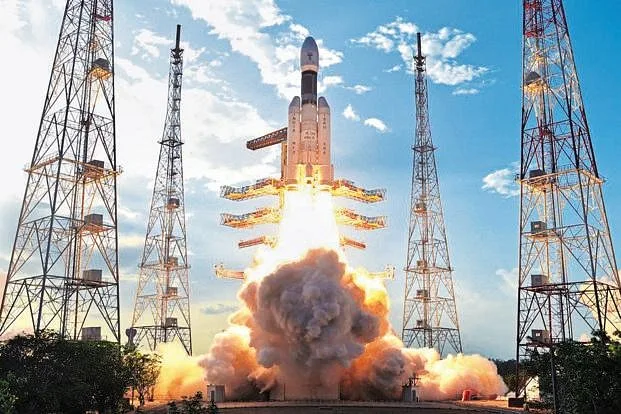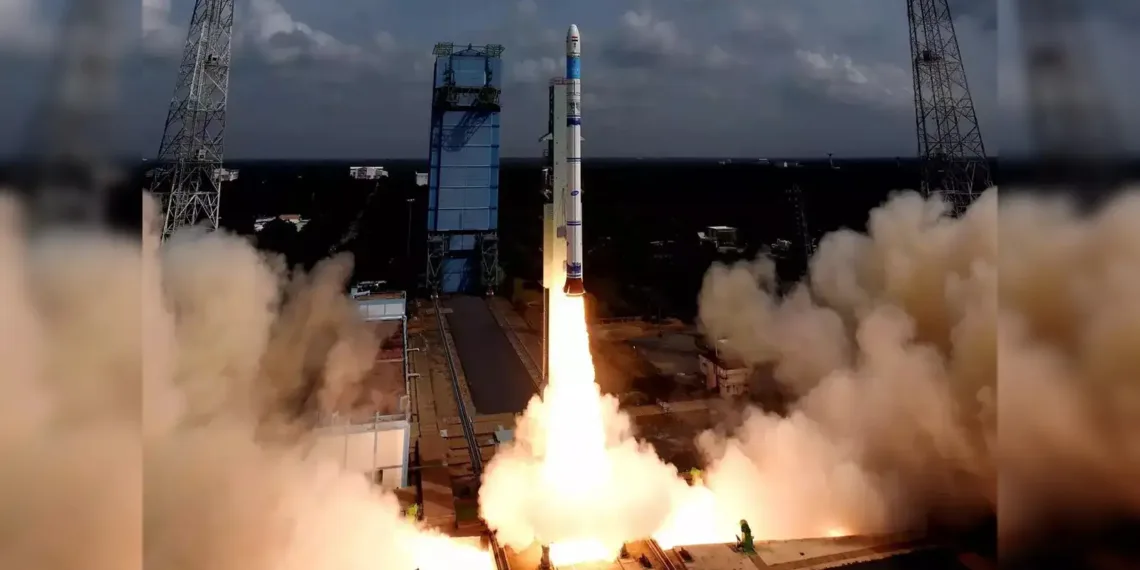India’s space program has reached unprecedented heights, but success brings its own set of challenges. Former ISRO Chairman S. Somanath recently highlighted a unique problem facing the Indian Space Research Organisation: the overwhelming demand for Indian rockets has created an availability crisis. This is a testament to India’s growing prowess in space technology and the global confidence in ISRO’s reliable launch capabilities.
Table of Contents
Indian Rockets Success Problem: When Demand Exceeds Supply
ISRO’s rockets, particularly the workhorse Polar Satellite Launch Vehicle (PSLV) and the powerful Geosynchronous Satellite Launch Vehicle (GSLV), have become the go-to choice for satellite launches worldwide. The organization’s cost-effective solutions and impressive success rate have positioned India as a major player in the global commercial space launch market.

ISRO’s Launch Capacity: Current Status
| Launch Vehicle | Annual Capacity | Success Rate | Primary Use |
|---|---|---|---|
| PSLV | 6-8 launches | 95%+ | Commercial & Scientific satellites |
| GSLV Mk III | 2-3 launches | 90%+ | Heavy payloads & Human spaceflight |
| SSLV | 6-10 launches (planned) | Testing phase | Small satellites |
| Total Annual Launches | 12-15 missions | Industry leading | Multi-purpose operations |
Note: Capacity figures based on current infrastructure and manufacturing capabilities
The Global Appeal of Indian Rockets
Cost-Effective Solutions
Indian rockets offer unmatched value propositions in the global market. ISRO’s lean operations and indigenous technology development have resulted in launch costs that are significantly lower than international competitors, making space accessible to more nations and organizations.
Proven Reliability
ISRO stands among the six space agencies worldwide with full launch capabilities, alongside NASA, ESA, JAXA, CNSA, and Roscosmos. This exclusive club status reflects the technical sophistication and reliability of Indian space technology.
Related: Explore the latest space technology innovations and discover how India is revolutionizing the space industry.
The Availability Challenge: Breaking Down the Problem
Manufacturing Bottlenecks
The current rocket production capacity cannot keep pace with the surging demand. Each PSLV takes approximately 18-24 months to manufacture, while demand has grown exponentially in recent years.
Infrastructure Limitations
Sriharikota’s launch facilities, while world-class, have limited capacity for simultaneous rocket preparations. The single operational launchpad creates scheduling constraints that further compound availability issues.
Supply Chain Constraints
The complex supply chain involving multiple vendors and specialized components creates dependencies that can affect production timelines and launch schedules.

Strategic Solutions in the Pipeline
Private Sector Integration
ISRO is actively working with private companies to boost manufacturing capacity. This public-private partnership model aims to:
- Increase rocket production rates
- Reduce manufacturing costs
- Create redundant supply chains
- Foster innovation in space technology
Infrastructure Expansion
Plans are underway to expand launch facilities and create additional launchpads to accommodate more frequent launches and reduce scheduling conflicts.
New Launch Vehicles
The Small Satellite Launch Vehicle (SSLV) program represents ISRO’s response to the growing small satellite market, offering more flexible and frequent launch opportunities.
Market Dynamics and Future Outlook
Growing Satellite Market
The global satellite industry is experiencing unprecedented growth, driven by:
- Constellation deployments for internet services
- Earth observation requirements
- Scientific research missions
- National security applications
India’s Competitive Edge
Despite availability challenges, India maintains several advantages:
- Cost leadership in launch services
- Technical expertise and innovation
- Strong government support
- Growing private sector participation
Learn more: Visit ISRO’s official website for detailed information about launch schedules and capabilities.
Economic Impact and Opportunities
The rocket availability challenge reflects a broader success story for India’s space economy. The growing demand has created opportunities for:
- Domestic aerospace manufacturing companies
- Skilled employment in high-tech sectors
- Foreign exchange earnings through commercial launches
- Technology transfer and innovation spillovers
Recent Launch Activities
ISRO’s recent successful missions include PSLV-C60/SPADEX Mission on December 30, 2024, and PSLV-C59/Proba-3 Mission on December 5, 2024, demonstrating continued operational excellence despite capacity constraints.
The Road Ahead: Scaling Up for Global Leadership
ISRO’s rocket availability challenge is fundamentally a growth problem—the kind every successful organization wishes to have. The solutions being implemented will not only address current capacity constraints but position India for even greater success in the global space market.
The organization’s commitment to maintaining quality while scaling operations reflects the careful balance between growth and reliability that has made Indian rockets a preferred choice worldwide.
Stay updated: Check ISRO’s launch schedule for the latest mission updates and upcoming launches.
Frequently Asked Questions
Q1: Why are Indian rockets so popular in the international market despite availability issues?
A1: Indian rockets, particularly PSLV and GSLV, offer an unbeatable combination of cost-effectiveness, high success rates (95%+), and technical reliability. ISRO’s launch costs are significantly lower than competitors while maintaining world-class quality standards. This value proposition has made Indian rockets the preferred choice for many international customers, from commercial satellite operators to space agencies of developing nations.
Q2: How is ISRO planning to solve the rocket availability problem?
A2: ISRO is implementing a multi-pronged strategy including: expanding private sector partnerships to increase manufacturing capacity, developing new launch facilities beyond Sriharikota, introducing the Small Satellite Launch Vehicle (SSLV) for more frequent launches, and streamlining supply chains. The organization aims to double its annual launch capacity within the next 3-5 years through these initiatives while maintaining its reputation for reliability and cost-effectiveness.








